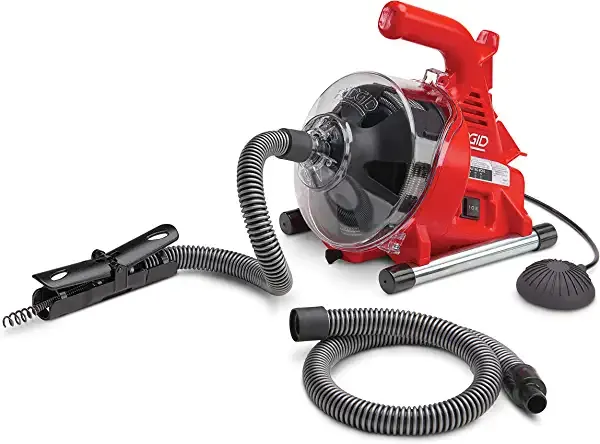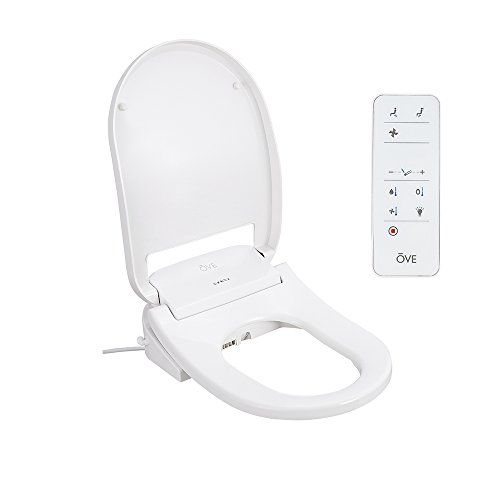How To Clean A Toilet Seat of 2025
Are you wondering how to clean a toilet seat thoroughly and effectively? Get ready for some practical advice that will change your approach to bathroom cleanliness. Dive into our guide to learn about the best tools, techniques, and secrets for keeping your toilet seat hygienic and spotless. Keep reading, and you'll soon be on your way to a healthier, cleaner bathroom.
Overview
Cleaning a toilet seat involves several factors, including the materials of the seat, the cleaning products used, the frequency of cleaning, and the method employed. Each of these elements plays a critical role in maintaining a sanitary and fresh-smelling bathroom. The type of toilet seat material can affect the selection of appropriate cleaning agents. The frequency and method of cleaning can make the difference between a superficially clean toilet seat and a truly hygienic one
Type of Toilet Seat Material:
The type of toilet seat material plays a vital role in how to clean a toilet seat. Materials like plastic, wood, or cushioned seats each have their unique cleaning needs and constraints. For instance, plastic seats are durable and easy to clean, but abrasive cleaners can leave scratch marks. Wooden seats, on the other hand, can be damaged by excessive moisture or harsh chemicals. Cushioned seats might require gentle, non-bleach-based cleaners to prevent material degradation.
Choice of Cleaning Products:
The cleaning products used significantly impact the effectiveness of your toilet seat cleaning process. Some cleaners are stronger and more effective on stubborn stains, while others are gentler, better suited for frequent cleaning and sensitive materials. It's also essential to consider eco-friendly options, as many traditional cleaning products contain harsh chemicals that can harm the environment. Always ensure that the cleaning product is suitable for the toilet seat material to avoid any unwanted damage.
Frequency of Cleaning:
The frequency of cleaning a toilet seat is a key factor in maintaining its cleanliness and hygiene. Regular cleaning, at least once a week, helps prevent the build-up of germs, bacteria, and dirt. It also makes the task less daunting, as stains and dirt don't have the chance to accumulate over time. However, the cleaning frequency might need to increase in a larger household or in case of illness to ensure a sanitary environment.
Cleaning Methods:
The method employed in cleaning a toilet seat can vary based on personal preference and the seat's material. It typically involves a cleaning agent, a scrubbing tool, and thorough rinsing. Some prefer using disposable wipes for convenience, while others opt for traditional brush-and-bucket methods. Regardless of the method, it's crucial to clean all areas, including the underside of the seat, to ensure a truly hygienic toilet. Remember to dry the seat afterward to prevent the growth of moisture-loving bacteria and molds.
Q: What is the best cleaner for a toilet seat?
A: The best cleaner for a toilet seat can depend on the seat's material. For plastic seats, you can use most standard household cleaners. For wooden or cushioned seats, a mild detergent or a dedicated cleaner that doesn't bleach or degrade the material is recommended.
Q: How often should I clean my toilet seat?
A: A good rule of thumb is to clean your toilet seat at least once a week. However, in larger households, or in case of illness, it may be necessary to clean more frequently to maintain a sanitary environment.
Q: Can I use bleach to clean a toilet seat?
A: While bleach is a strong disinfectant, it can damage certain materials, such as wood, and bleach the color from others. Always ensure that the cleaning product you use is suitable for the material of your toilet seat to avoid any unwanted damage.
Q: How can I clean the underside of my toilet seat?
A: The underside of a toilet seat can be cleaned in the same way as the top. Use an appropriate cleaning product and a brush or sponge to reach all areas. Remember to rinse thoroughly and dry to prevent the growth of bacteria and mold.
Q: Are there any eco-friendly options for cleaning a toilet seat?
A: Yes, many eco-friendly cleaning products are available in the market, and some household items like vinegar or baking soda can be effective cleaners too. It's important to make sure that any cleaner you choose is also safe for your toilet seat's material.
Understanding how to clean a toilet seat effectively requires knowledge of the seat's material, choice of cleaning products, cleaning frequency, and cleaning methods. The choice of cleaning product must be suitable for the seat material, and the frequency of cleaning should ensure a sanitary environment. Various cleaning methods are available depending on personal preferences and the seat's specific needs. Remember that maintaining a clean and hygienic toilet seat is an essential part of household cleanliness. This article should equip you with a comprehensive understanding of how to clean a toilet seat, giving you the tools and knowledge to maintain a sparkling clean and sanitary bathroom.









.jpg)








